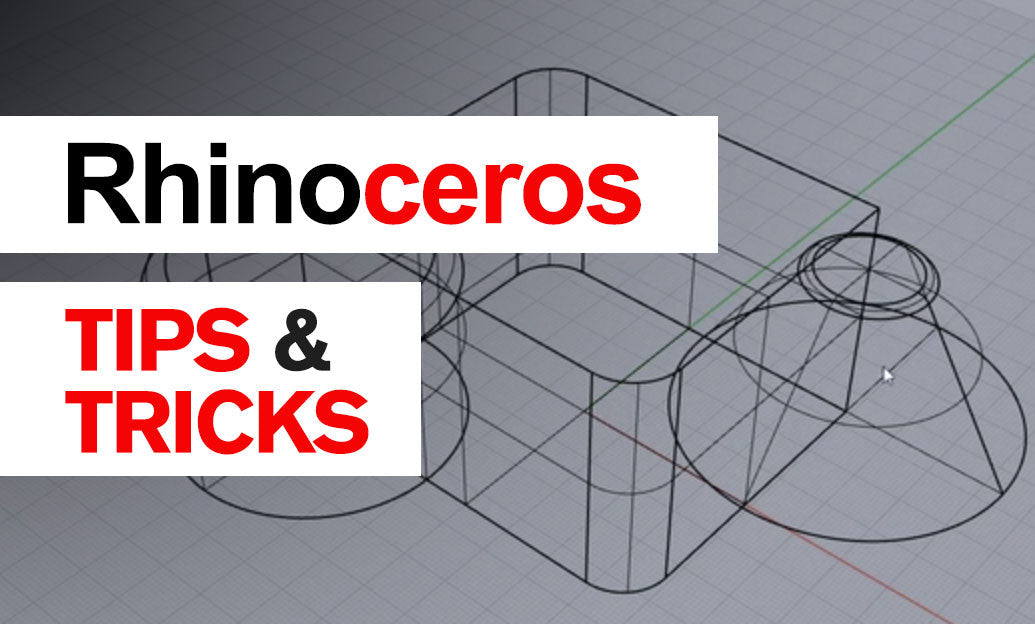Your Cart is Empty
Customer Testimonials
-
"Great customer service. The folks at Novedge were super helpful in navigating a somewhat complicated order including software upgrades and serial numbers in various stages of inactivity. They were friendly and helpful throughout the process.."
Ruben Ruckmark
"Quick & very helpful. We have been using Novedge for years and are very happy with their quick service when we need to make a purchase and excellent support resolving any issues."
Will Woodson
"Scott is the best. He reminds me about subscriptions dates, guides me in the correct direction for updates. He always responds promptly to me. He is literally the reason I continue to work with Novedge and will do so in the future."
Edward Mchugh
"Calvin Lok is “the man”. After my purchase of Sketchup 2021, he called me and provided step-by-step instructions to ease me through difficulties I was having with the setup of my new software."
Mike Borzage
Cinema 4D Tip: Mastering the Physical Renderer in Cinema 4D for Photo-Realistic Renders
September 20, 2024 2 min read

Understanding and effectively using the Physical Renderer in Cinema 4D can significantly elevate the quality of your renders by providing more realistic lighting, shadows, and reflections. This feature is perfect for those who aim to achieve photo-realistic renders. Here are some tips to master the Physical Renderer:
- Enable Physical Renderer: To start using the Physical Renderer, navigate to the Render Settings menu, select the Renderer dropdown, and choose Physical. This action enables the use of more advanced rendering options.
- Understanding Sampling: Sampling is crucial in determining the quality of your render. The Sampler setting has three modes: Adaptive, Fixed, and Progressive. Adaptive is generally the best as it intelligently allocates more samples to more complex areas, optimizing render time and quality.
- Depth of Field (DOF) and Motion Blur: The Physical Renderer excels in calculating realistic DOF and Motion Blur. Enable these effects in the Physical tab under Render Settings. Adjust the F-Stop value for DOF and the Shutter Speed for Motion Blur to get the desired effects.
- Subdivision Surface and Displacement: The Physical Renderer works well with high-detail models. Ensure your models are subdivided enough to take advantage of the renderer’s capabilities. Use the Subdivision Surface object and Displacement Mapping for detailed surfaces.
- Global Illumination (GI): Combine the Physical Renderer with GI for superior lighting. Enable GI in the Effect tab under Render Settings. Use the Primary Method and Secondary Method settings to control the quality and speed of GI calculations.
- Anti-Aliasing Settings: Proper anti-aliasing settings are crucial for a clean render. Under the Physical tab, set the Sampling Subdivisions to balance between quality and render time. Higher values produce smoother results but increase render time.
- Optimization Tips:
- Use Bucket Rendering for more efficient memory management.
- Limit the use of high-resolution textures where possible to save on render times.
- Optimize your scene by removing unnecessary polygons and objects.
By understanding and utilizing these features of the Physical Renderer, you can significantly enhance the quality of your renders, making them more realistic and visually appealing. For more tips and detailed tutorials on Cinema 4D, visit @NOVEDGE.
You can find all the Cinema 4D products on the NOVEDGE web site at this page.
Also in Design News

Rhino 3D Tip: Understanding Surface and Solid Modeling in Rhino for Enhanced Workflow Efficiency
August 30, 2025 3 min read
Read More
Unlocking Advanced Animation Techniques: Five Studio-Proven Tricks to Elevate Your 3ds Max Workflow
August 30, 2025 6 min read
Read MoreSubscribe
Sign up to get the latest on sales, new releases and more …



